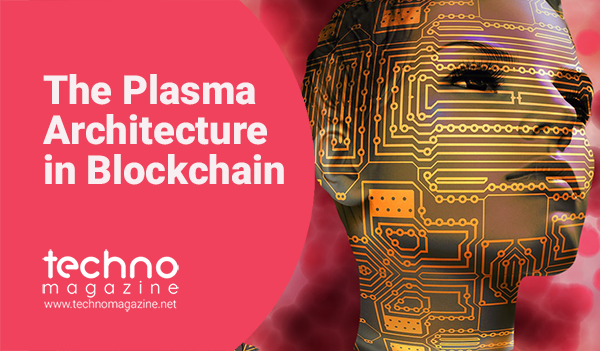The Plasma Architecture in Blockchain

Let's quickly look at what sidechain is. This mechanism makes it possible to move your coins back and forth to the main blockchain. This is called a two-way peg. The sidechain and plasma chain differ in the sense that the plasma chain is secure as the main chain consensus mechanism, where the sidechain is only secure as its own consensus mechanism.
To distinguish sidechains from plasma is very simple. The plasma chain has no custody of his child chains. This means, if this property has any error in the plasma chain, the error can be detected, and users can safely exit the plasma chain to prevent any damages from an attacker.
The cost to do so comprises that users have to wait much longer to withdraw their funds and higher transaction fees apply. The normal or regular sidechain does not have this property and therefore makes them less secure. To design the plasma chain is much more difficult, also the use of decentralized applications that forces users to incur high transaction fees and are much better suited to run on the plasma chain.
The plasma chain is built on top of blockchains, a series of contracts that run on top of the root chain, for instance, the Ethereum blockchain. The main blockchain is the root and the plasma chain, also known as child blockchains, are the branches. The plasma is another Ethereum second-layer scaling solution, which is being developed. This is also known as a framework which allows the creation of child blockchains that use the main Ethereum chain as a trusted and arbitration layer.
Please visit www.technomagazine.net
About the Author
Pieter Lategan is the founder of Techno Magazine. He also blogs for the Free Online Magazine. He focuses on the business side of blockchain technology. He writes about businesses which will improve with blockchain, cryptocurrencies, and dApps.